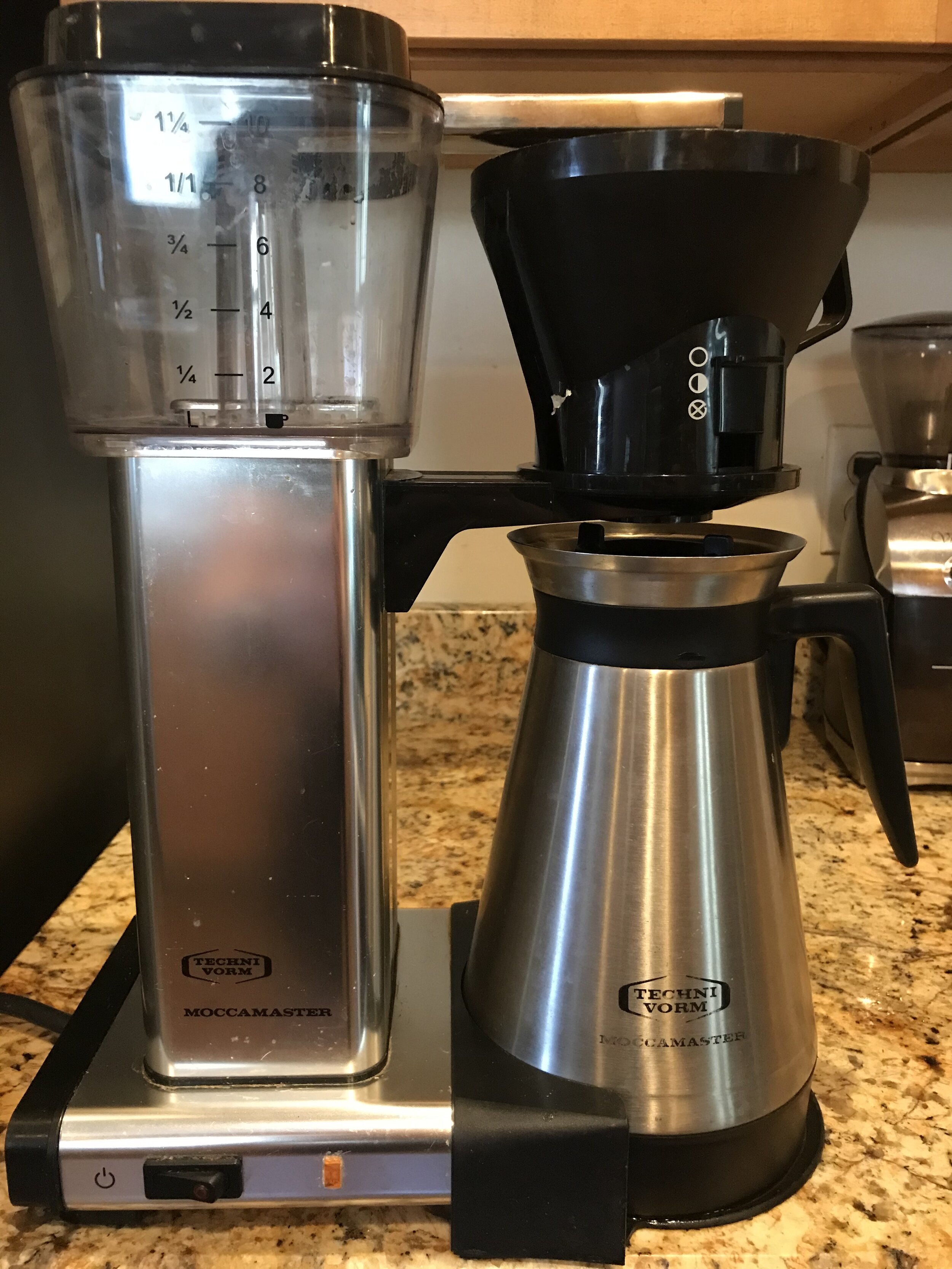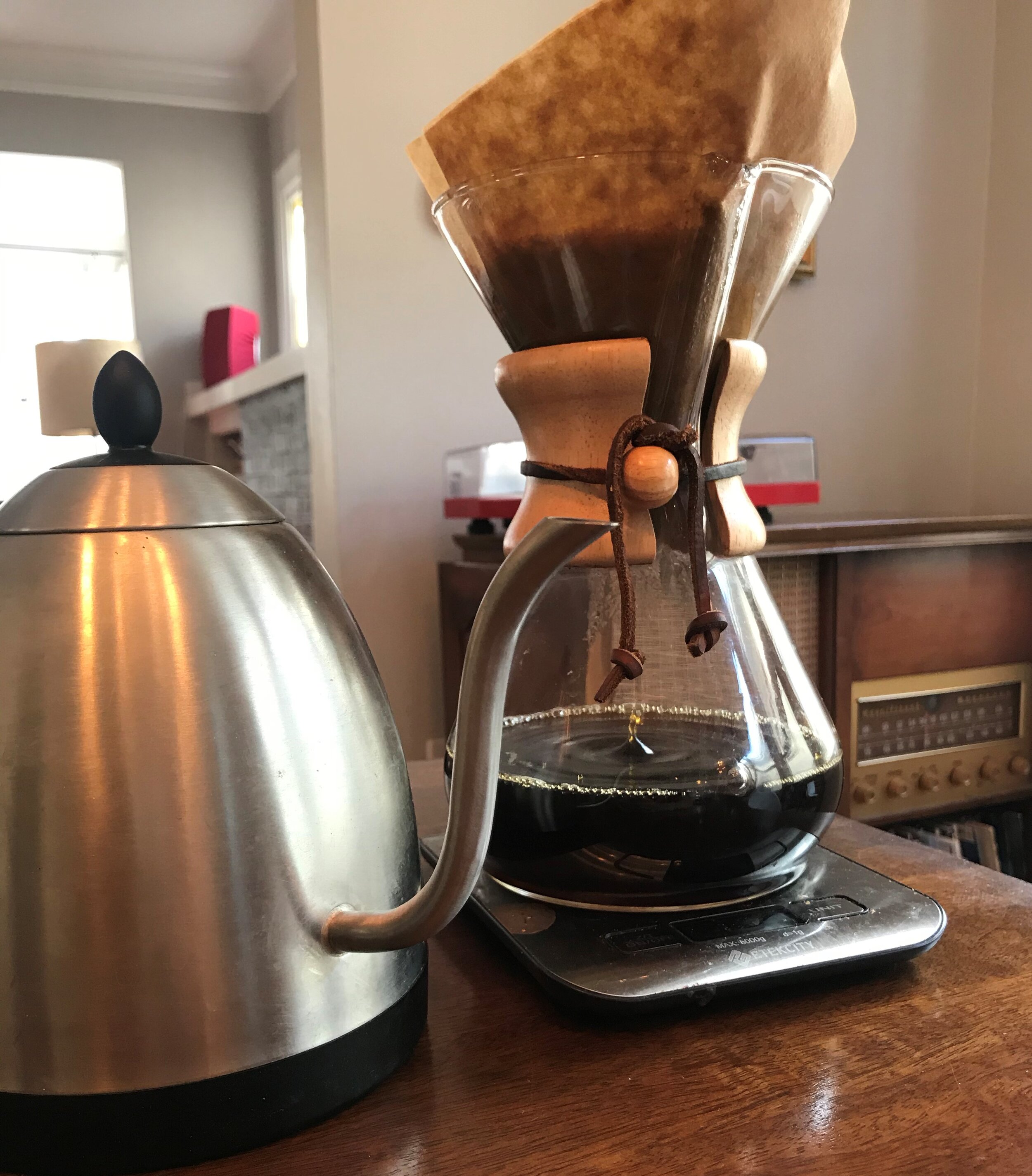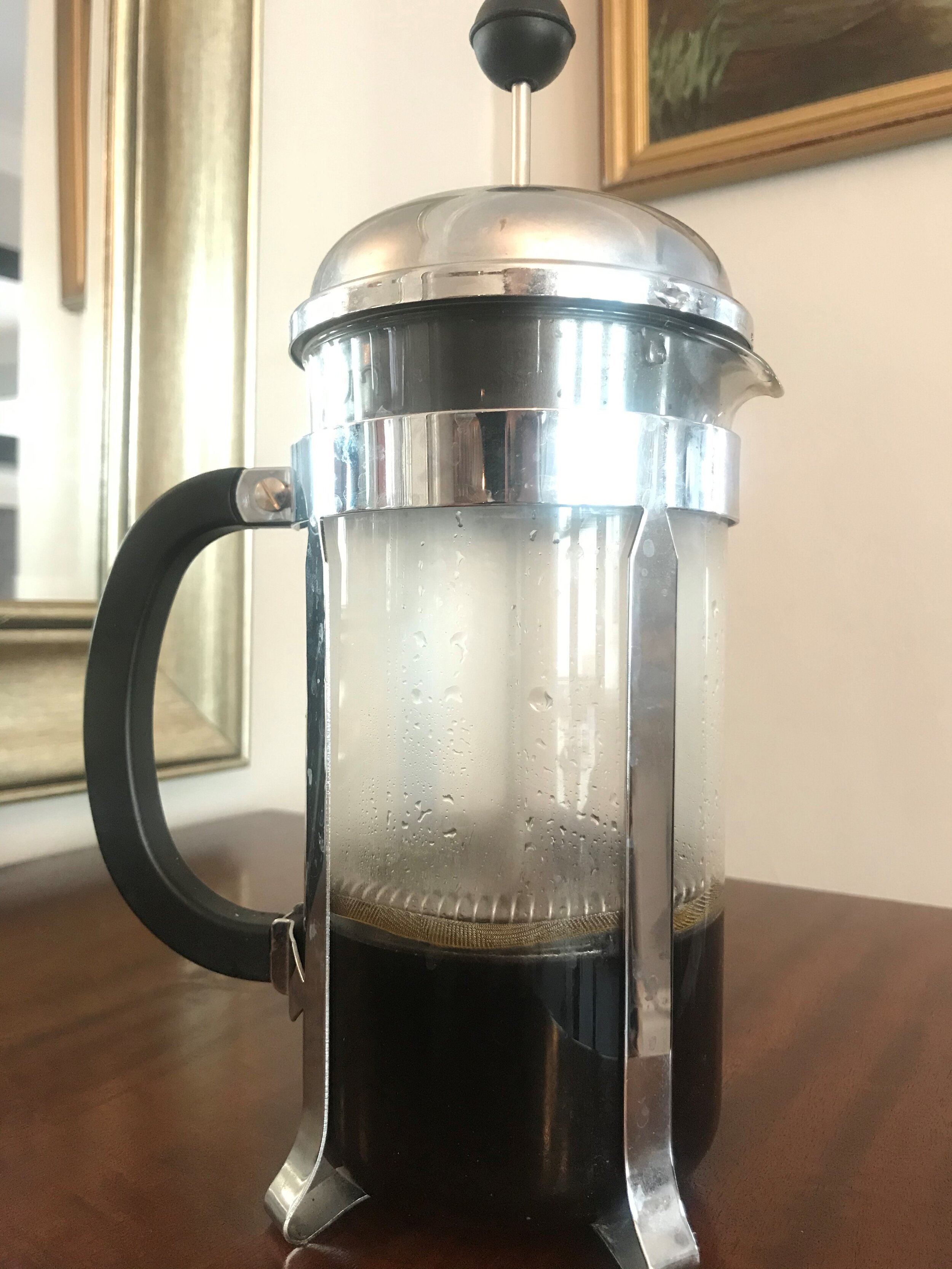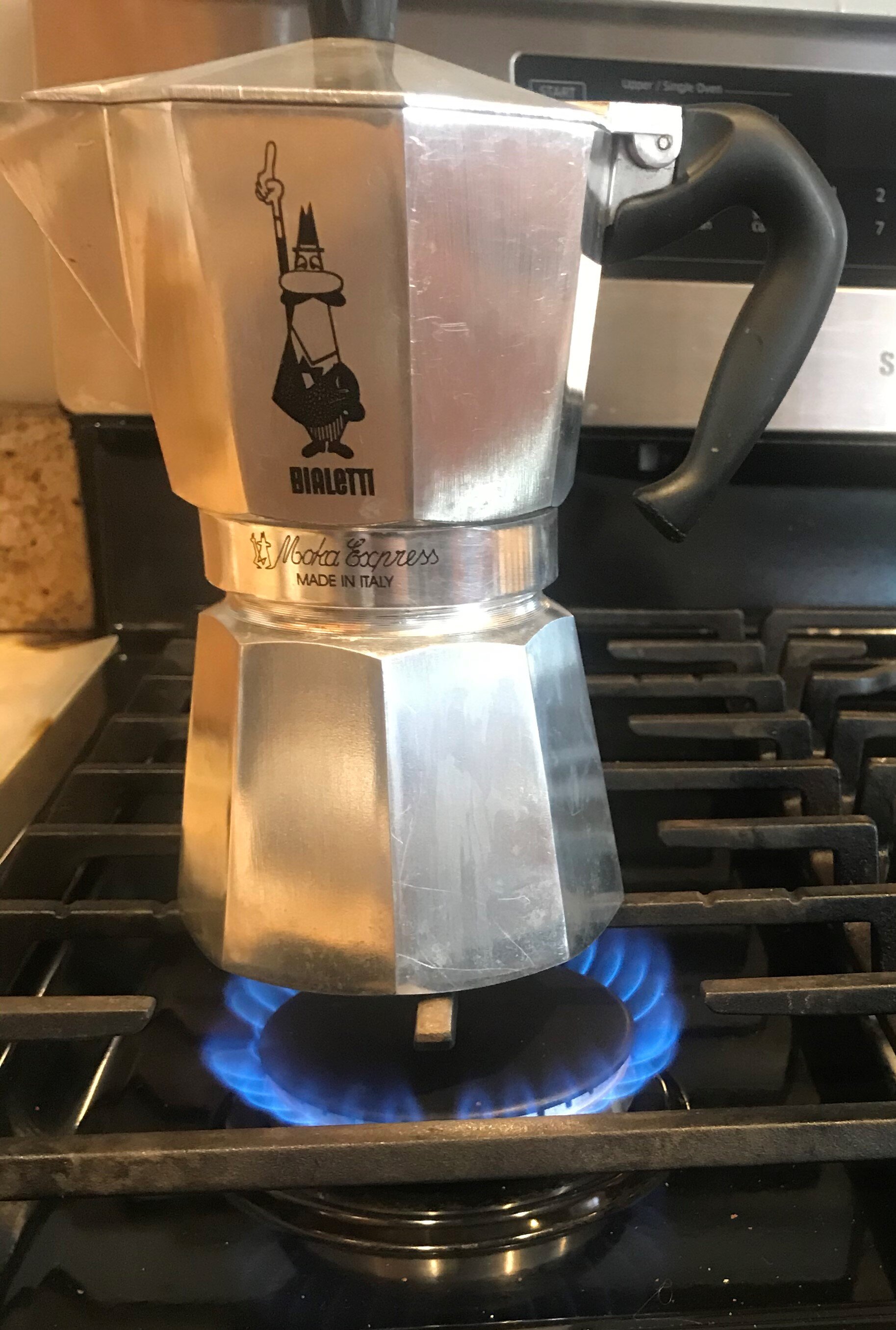How Do You Brew?
When I’m talking coffee with friends, we talk a LOT about the best ways to brew coffee. Drip coffee maker? Pour-over? French Press? We all have strong opinions on what’s best, what’s worst, what to avoid - but I’ve concluded that coffee brewing, like art, is mostly subjective. My philosophy comes down to this: you can make great coffee with any method; just like you can make bad coffee with any method.
But don’t be confused - just because you can make great coffee with any number of brewing methods, that doesn’t mean they are all the same. Far from it! Each method brings a little something different to the table & can change how your coffee tastes.
In this blog post I’m going to focus on the 3 methods I rely on to make coffee and why they are each a little different.
The Big 3
Drip Coffee Maker
We drink a lot of coffee in my house every day, so the drip maker gets a serious daily workout. We make a 10-cup pot in the morning for our 4 coffee drinkers. Our drip maker has one of those insulated/thermal carafes so it keeps the coffee hot in the morning for an hour or so.
It's a nice machine - a Technivorm - but more important: it makes great coffee. We've had some bad coffee makers in our day that made weak coffee or had a warming plate that scalded the coffee in the carafe. I've come to appreciate that for us, since we drink so much coffee at home, a few extra bucks is worth it for a good machine.
The coffee from our drip maker turns out nicely balanced coffee, right in between the two methods I describe below: not as light & bright as a Chemex, but nowhere near as dark and heavy as the French Press.
Chemex Pourover
The Chemex (I pronounce it like “chem as in chemistry”) is my go-to for most "craft" coffee, especially because I like light roasted, naturally processed coffees.
The Chemex is awesome for light roasts because the Chemex filters are thick and strain out a lot of potential bitterness. The thick filters also keep out most of the really fine sediments and oils that would otherwise make it through a regular filter and leaves you with a nice clean cup
My Chemex turns out bright, floral, fruity coffees really well. Because it filters out oil and sediment, the body is usually on the “clean” side versus thick and hefty.
It's not really meant for huge quantities (we just have a 6-cup size) & because it's made of glass the coffee goes cold if you don't drink it right away.
I use a hot water kettle with my Chemex so it’s a little (ok, a LOT) more involved than just turning on the drip coffee maker. But for evenness of soaking the grounds, the refined, crisp coffee it makes, the Chemex is my favorite way to make coffee. Especially if I'm just making 2 big mugs.
French Press
I use the French Press for the exact opposite of the Chemex: for dark, roasty coffees. Because you are letting the coffee steep in hot water without a filter in your French Press, it makes dark, strong coffee and it retains all the oils of the coffee bean. The lack of a paper filter means a lot more of the coffee grinds come along for the ride into your cup.
Given the amount of fine sediment in French Press coffee & the unfiltered steeping (which I really like w/ a darker, chocolaty coffee) it ends up making my brews feel hearty and a little heavy so I tend to use it with the kind of coffee that goes with that heftiness. The FP isn’t the greatest for light & bright roasts as it darkens & compresses a lot of the flavor.
French Press coffee is awesome to keep you warm & get your motor running. It's so simple, too - put coffee grounds and hot water in a glass pitcher - very little to go wrong. It makes such good coffee and is so little fuss, we always use one when we go camping.
Other Methods / Honorable Mentions
Bialetti Moka Pot
This is the o.g. coffee maker, invented in 1933 and pretty much unchanged since then: its a stovetop hunk of metal that pumps out thick, nearly espresso-like coffee.
You see these on everyone’s stovetops all over Europe. Not fancy, no frills and is built like a tank so it lasts forever. We use this a lot when we go camping because you can pour in the water, pack in the grounds, and then set the Bialetti on your campfire & have piping hot coffee in about 2 minutes.
The coffee that comes out is so dense and hefty - it really is basically espresso - that most people add hot water or hot milk to their cups to make it an Americano or latte. At home, I hardly ever use the Bialetti but it’s fun to bring it out once it a while.
This little gem of a coffee maker probably deserves a blog post of its own… maybe someday!
Keurig K-Cup
I actually don’t own a Keurig so I almost didn’t include it. However, I’ve consumed a lot of K-Cup coffee in my day & they are ubiquitous so I thought it deserved a mention. Many coffee snobs (I’m not one) refuse to drink K-Cup coffee but I think if you do it right, you can brew winning cups easily. Use filtered water, use good coffee, or better yet: grind your own coffee & put it in those little re-usable cups. By using your own you coffee grounds, you can get the coffee/water ratio right which is hugely important. The blog post I wrote about brewing the perfect cup definitely applies to the K-Cup.
My biggest gripe with the K-Cup is that it brews coffee at such a low temperature. I know this might sound fussy, but with the K-Cup’s brew temp of 192F, it tends to make slightly weak coffee. You need water at about 205-208F to extract all the goodness from your grounds & the K-Cup just doesn’t get there. To overcome this limitation you can use some tricks like grinding your coffee a little more finely so it absorbs more quickly.
In a pinch, the K-Cup is great. Especially when you just want one cup & are in a hurry.



